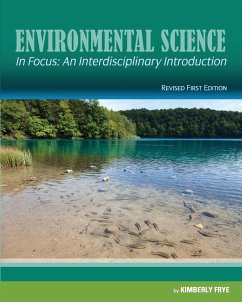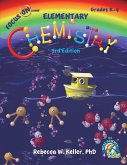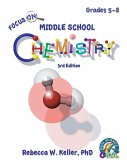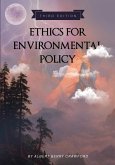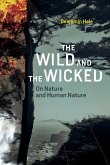The anthology Environmental Science in Focus: An Interdisciplinary Introduction, examines what people need from nature, how we acquire natural resources to meet those needs, and how the choices of resource acquisition affect both nature and humans. A product of 19 years of environmental science education and interdisciplinary training, the material covers concepts from natural science and other fields that are involved in issues of environmental design and problem solving. This interdisciplinary approach incorporates geography, sociology, chemistry, physics, economics, soil science, history, anthropology, and philosophy. The book begins with an introduction to how the field of environmental science developed. The five subsequent chapters cover topics such as:Population Ecology The Effects of Suburbia Gentrification and the New Urbanism Preservation/Conservation/Restoration Climate Change and Outdoor Air Pollutants Topics are linked to current practices in the field, and the material includes regional information on current municipal and academic environmental science projects. Concisely written in an engaging way that appeals to non-science majors, as well as those pursuing further study in the field, this introductory textbook can be used in Introduction to Environmental Science courses, classes addressing cities and the environment, and population resources. The included material is also applicable to courses in urban ecology and urban planning. The book is based on current data and analytic methods that support learning in both lecture and lab classes. Kim Frye earned her M.S. at DePaul University, where she is currently a faculty member in the Environmental Science & Studies Department. Her research areas include urban soils and street trees using Geographical Information Systems (GIS) for the production of data-rich maps and models. Professor Frye is interested in the application of scientific theory to real-world practice through the use of plant and soil research in landscaping and agriculture. She is involved in sustainable urban plant management through urban gardens in the Chicago area, and as a part-time landscaper.

